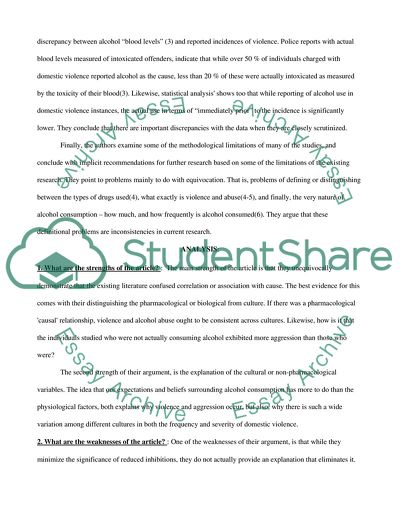Cite this document
(The Causal Relationship Between Alcohol Abuse and Violence Research Paper - 1, n.d.)
The Causal Relationship Between Alcohol Abuse and Violence Research Paper - 1. Retrieved from https://studentshare.org/sociology/1751778-analysis-of-association-is-not-causation
The Causal Relationship Between Alcohol Abuse and Violence Research Paper - 1. Retrieved from https://studentshare.org/sociology/1751778-analysis-of-association-is-not-causation
(The Causal Relationship Between Alcohol Abuse and Violence Research Paper - 1)
The Causal Relationship Between Alcohol Abuse and Violence Research Paper - 1. https://studentshare.org/sociology/1751778-analysis-of-association-is-not-causation.
The Causal Relationship Between Alcohol Abuse and Violence Research Paper - 1. https://studentshare.org/sociology/1751778-analysis-of-association-is-not-causation.
“The Causal Relationship Between Alcohol Abuse and Violence Research Paper - 1”, n.d. https://studentshare.org/sociology/1751778-analysis-of-association-is-not-causation.


